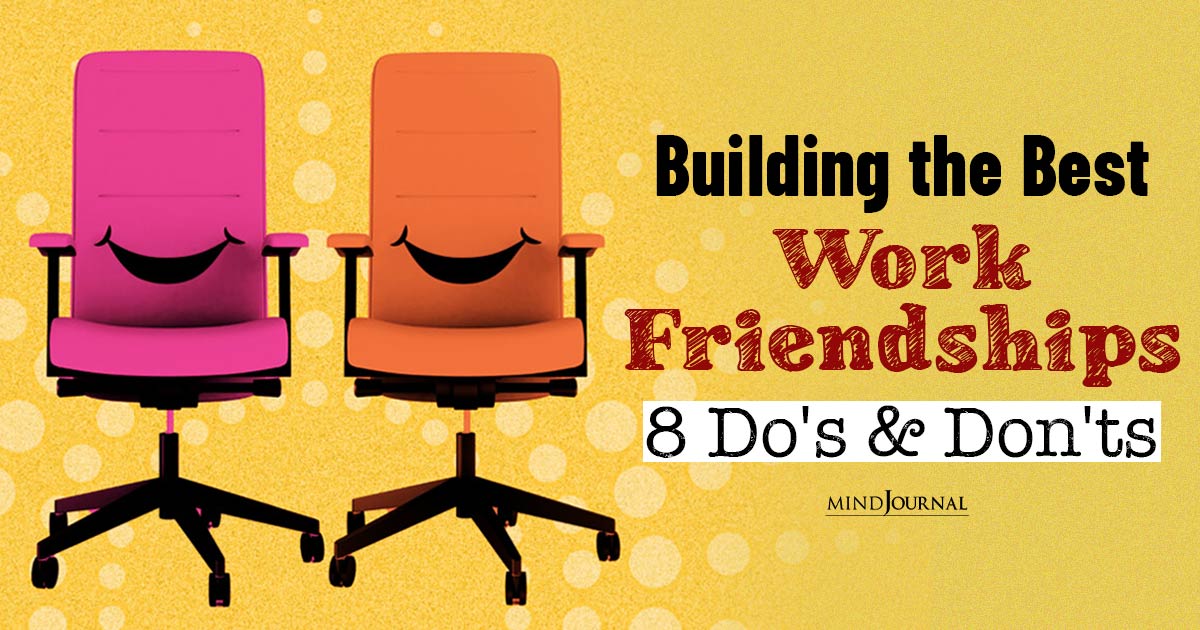Is the pace of change in your workplace wearing people out? In the increasingly complex and volatile contexts that most workplaces find themselves these days, it seems that the only cjonstant is the endless cycle of change. But does this much change have to be a bad thing? How to create positive workplace changes?
Our recent Change Lab 2019 Workplace Survey asked 1,000 Americans how they were navigating the pace of change in their workplace.
What they told us blew apart three old leadership ideas about positive workplace changes:
Firstly, it’s not true that 70% of workplace changes fail despite this number being widely reported. Rather 83% of workplace changes are succeeding on some level, so its time to let go of these outdated narratives and start sharing and celebrating what’s working.

Secondly, it’s not the pace of change in workplaces that is wearing people down or burning them out. It’s how leaders approach changes and how successful the changes are that either causes workers to thrive or to barely get by.
Finally, it’s not the ability of leaders to tell-and-control that delivers the best change results. Instead, it’s their ability to invite-and-inquire as they bring diverse voices into meaningful change conversations and give them the freedom to self-organize and take action.
Read 5 Signs You Are Experiencing Workplace Burnout
In a nutshell, American workers told us that it’s time for leaders and workplaces to embrace the messy, unpredictable, and magical process of change. And while the idea of letting go of our illusions of control can be frightening for many leaders, the goods new is that people are wired to be resilient enough to dance between stability and change in order to grow and that this is the only way we ever discover what we’re truly capable of achieving.
How can you create more positive changes in your workplace?
The Change Lab 2019 Workplace Survey findings suggested trying to be:
1. Driven by organizational purpose
A clearly articulated and understood organizational purpose, beyond just paychecks and profits, is a strong predictor of change success and people’s levels of wellbeing.
A growing body of research indicates that when your organization’s leaders embrace a higher purpose that serves your community, you are six times more likely to outperform others in the market and have three times higher growth rate. And knowing and aligning your everyday work with your purpose is a powerful way to build motivation and wellbeing.
2. Concentrated on strengths
Organizations who focus on building on their strengths, rather than fixing their weaknesses overcome the brain’s tendency to view the world through a deficit lens and fixate on what is broken. While focusing on weaknesses can teach you a lot about failure, it doesn’t necessarily bring you any closer to understanding what enables excellence. For example, exit interviews with employees tell you nothing about why your best employees stay.
Read How To Effectively Resolve Conflicts In The Workplace
3. Led by inclusive and meaningful conversations
Intentional and meaningful conversations where diverse perspectives about the work being done and people’s hopes for the future are invited in, make it significantly more likely that change will be successful and that workers will have higher levels of wellbeing.
Ask purpose-fuelled, strengths-focused questions that tap into why being part of the change conversation is personally important for them, what they value about the present, and what do they care about enough to take responsibility for as they move forward. Listen with curiosity and an openness to learn from each other’s perspectives.
Read A 5-Step Guide To Host A Difficult Conversation
4. Powered by opportunities for purposeful self-organization
People who are encouraged by their leaders to use their strengths and talents to make the best change ideas happen, in ways that have a positive impact on others, are significantly more likely to successfully create these changes and to have higher levels of wellbeing.
When you believe in what you’re doing, you can feel more creative and want to contribute in ways that align with your strengths and talents, to make a positive difference for others. It also supports people’s psychological needs for autonomy, competence, and relatedness.
5. Sustained by people’s willing commitment
When people willingly commit to implementing the changes their organization wants, the change is significantly more successful, and workers are more likely to be consistently thriving or living well despite struggles.
When people believe in what they’re doing, they’re internally motivated, they’re naturally creative, they want to contribute, and they want to belong and feel part of a community. As a result, self-organization takes place around the actions people are passionate about and willing to take responsibility for in order to be of service to others.
Please share this article with anyone who you may think will find it valuable and helpful. Thank you very much! I greatly appreciate it!
Written by: Michelle McQuaid Originally appeared on Michellemcquaid.com Republished with permission. To discover more evidence-based practices for helping people to thrive at work, check out her Making Positive Psychology Work Podcast










Leave a Reply